| FIND A VILLA | Cretan Village | Ammoudara Beach | Agios Nikolaos | The Surroundings |
| THE SURROUNDINGS OF CRETAN VILLAGE AND AMOUDARA BEACH |
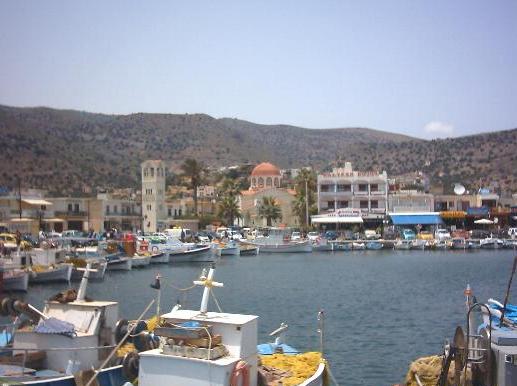 |
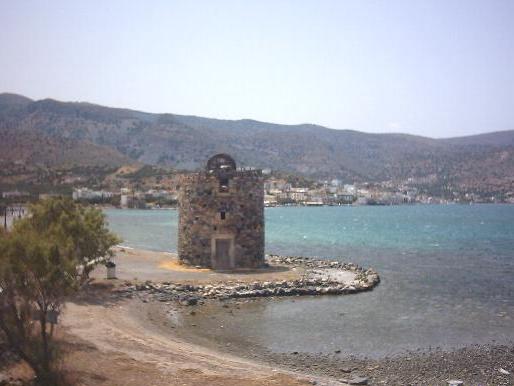 |
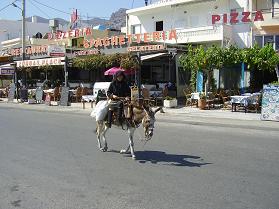 |
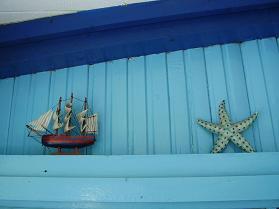 |
 |
|
|
|
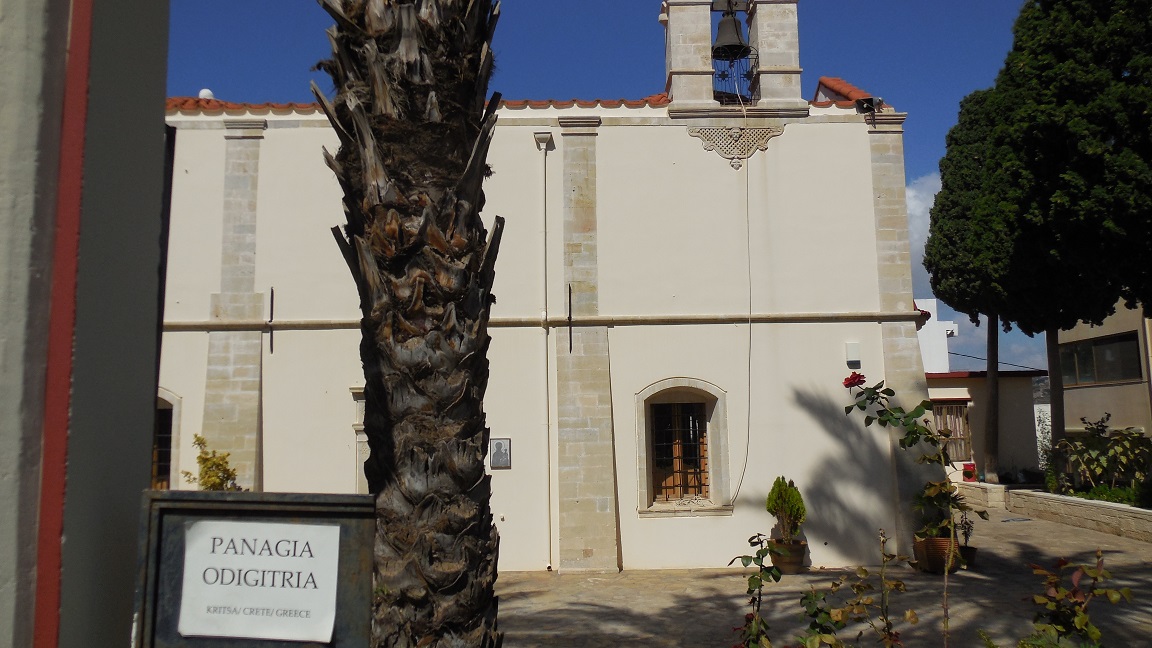 |
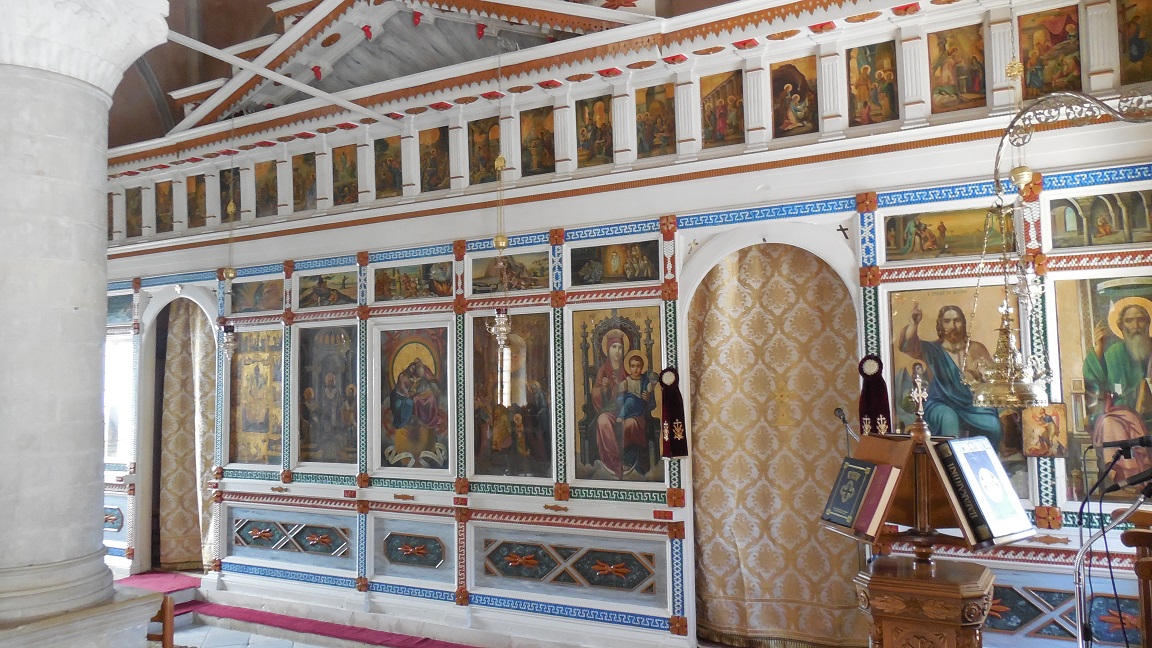 |
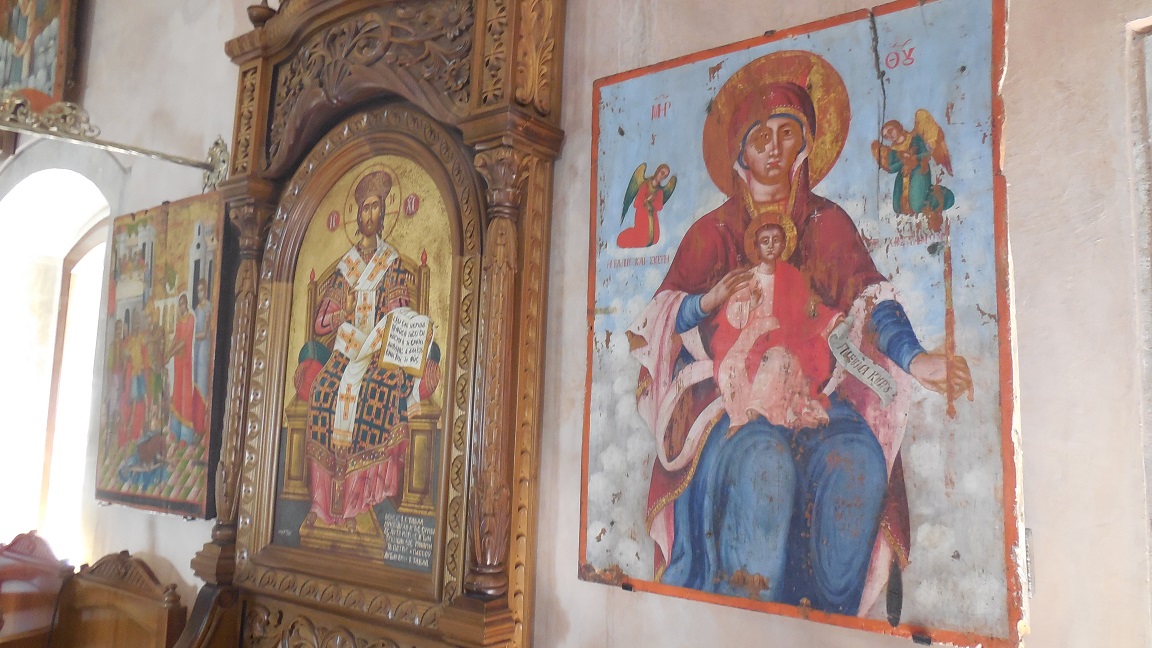 |
|
Besides the town of Agios Nikolaos (and the former leper island Spinalonga) lovely villages like Kritsa and Elounda, beaches such as as Almiros and Istron and excavations such as Lato are close to Cretan Village. Also towns like Sitia and Neapoli or beaches like Vai or Itanos are easily accessible. Elounda is a coastal village and luxury resort close to Agios Nikolaos (distance 11 kilometers). It is set the a picturesque Bay of Mirabello and overlooks the (now connected to the mainland) island of Spinalonga, that shelters it from the sea. It is a pretty and touristic place, and it has a touch of chique. There are two islands opposite Elounda, and both are called Spinalonga. One beholds a Venetian fortress, and the other is nowadays connected with the mainland. . There you find windmills, a church, and the remains of an early Christian basilica, with well preserved mosaics of dolphins, fish and flowers. This old church used to be a part of the ancient town of Olous. In Elounda you can also see the walls from the old Venetian salt lakes just before the beach. The larger part of the old town of Olous has been claimed by the sea and has disappeared into the water. If you dive into the sea there are still remains to be seen. The village of Kritsa is 8 kilometer south west of Agios Nikolaos. It is a traditional mountain village with lots of narrow streets and several Byzantine churches. From its position on the Kastella hill it looks out over the Bay of Mirabello. For tourism Kritsa heavely depends on the nearby 13th century Byzantine church of Panagia Kera. Most of the villagers still live from agricultural and garden products, but the rest of them has either opened a restaurant, or a lot of them have started weaving carpets, rugs, table cloths and clothing, which are hanging outside on the streets. The owners of the shops are usually old ladies that will try to stop you in the street as you walk by because they want you to have a look at their merchandise and hope to sell you some of it. During the day time the village of Kritsa is overflown by a lot of tourists that want to taste the atmosphere of this Cretan village and want to take a look at the many souvenir shops. There are narrow streets with cobbles, old churches and beautiful views over the sea. There is also a wide choice of restaurants and kafenions in the village. Kritsa is actually quite pleasant. At the entrance of the village is the magnificent Byzantine church Panagia Kera, with its unique wall paintings (open 9.00 - 15.00, no free entree, forbidden to take pictures). Another attraction of Kritsa are the remains of the antique town of Lato, which is situated 4 kilometers north of the village. |
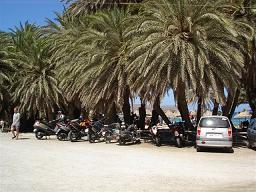 |
 |
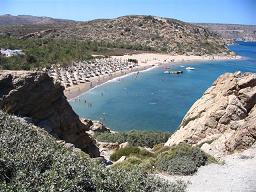 |
 |
 |
 |
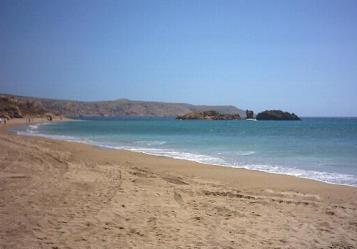 |
 |
 |
 |
|
Almiros beach and Almiros river (with a couple of bridges over it) lie a little bit south of Agios Nikolaos in a cove, close to the mainroad (1 kilometer distance from Agios Nikolaos). The beach is a small mostly commercial one with beds and umbrella's and it is a good option for people who want to be close the Agios Nikolaos yet still want a beach nearby. There are luxury hotelrooms and apartments for rent, and you can find a couple of nice places to have a drink or have a bite to eat. The beach is sandy and shallow and in its cove it is protected from the winds, making it suitable for families with small children. There are several bays with the most turqoise water surrounding the village of Istro, just 8 km south east of Agios Nikolaos on the route from Agios Nikolaos to Sitia. In Istro you find different kinds of beaches, both a pebble beach (on the west side of the village) and sand beaches with some beach chairs and umbrellas on the east side. These beaches are relatively quiet and still sort of unspoilt, allthough many of the people that have an accommodation in Agios Nikolaos come here to enjoy the beach. This is because in the town of Agios Nikolaos itself there are no really large or good beaches (they are more intimate and cosy). You can park your car at the top at the side of road and walk down. The palmbeach of Vai, in the north west of Crete, is without a doubt the most photographed of all Cretan beaches. Every day from all the corners of the island hundreds of people come to visit it. It is called the Caribean beach of the Mediterenean sea. Vai is famous for its palmtrees, the "phoenix theophrasti". It's typical for Crete and it doesn't grow in the wild anywhere else. You can see them on the beach and in the valley behind it. The entrance to the beach is through a big (paid) parking area (I suggest you leave your car a little bit before the beach where it is free). At the crossroad with the main road there is a banana plantation. You can visit Vai between 7.00 and 21.00. You will not find any hotels there because it is a protected area. For me it was a bit too crowded (since I like it quiet...), and I prefer the nearby beaches of Itanos and Kouremenos. No palmtrees there, but less people and it's equally beautiful. A short drive north of the famous palm beach of Vai (in the north east of Crete) you find the relatively isolated bays and beaches of Itanos (also including a rather nice and relatively quiet sandy nudist beach). As an extra bonus there is a Minoan city at the entrance of the main beach. Itanos was one of the most influential places in the east of Crete. It florished from early Minoan to early Byzantian times. There are traces of a basilic and of Greek walls, and a lot of fallen apart traces on the hill. |
|
|
|
|
|
|
|
|
|
|
|
|
|
The ancient Doric city of Lato is situated in a beautiful natural place, about 4 km north of the village Kritsa. You can reach the village over a narrow but good asphalt road that leads through the olive groves, than take the exit and go to the parking lot. Now you take the stairs up to the site. A small entrance fee applies (2 euro in 2010, but on the day we were there it was free). Opening hours are from 8.00 to 20.00 (according to the sign). On Mondays and public holidays the site is closed (just like any other archaeological sites by the way). Lato was founded in the 8th century BC by the Dorians and it was built between two hills. The city is named after Leto, the mother of Apollo and Artemis, but the main goddess that was worshiped here was Eileithyia (the goddess of fertility and birth). This goddess is also depicted on the coins that were minted in the city. Lato is also the birthplace of Nearchos, the famous admiral of Alexander the Great. |
© Hans Huisman, https://www.angelfire.com/super2/greece/ 2014